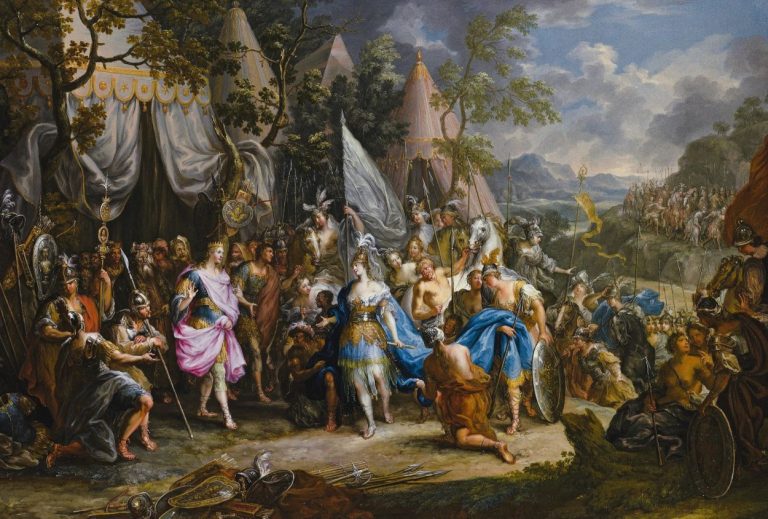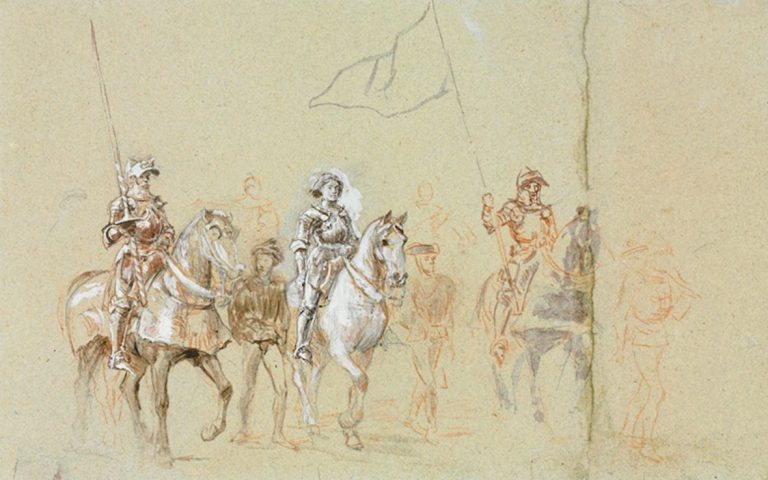

The Vikings, often portrayed as fierce warriors with a penchant for exploration and conquest, had a rich cultural tapestry that extended beyond the battlefield. One surprising aspect of their lives was their involvement in various forms of entertainment, including games of chance. While most historical accounts focus on their raiding expeditions and legendary battles, there’s a fascinating side to Norse culture that involved the roll of the dice and the thrill of gambling.
The Norse Love for Games
Contrary to the popular image of Vikings as solemn and stoic figures, they enjoyed a variety of games during their leisure time. These games served not only as a source of entertainment but also as a means of fostering camaraderie among the warriors. Among the diverse range of games played by the Norse, dice games held a special place.
Dice: Tools of Fate
Dice, crafted from materials like bone or antler, were fundamental components of Norse gaming. The dice were often intricately carved, showcasing the craftsmanship of the time. They were more than just instruments for amusement; the Norse believed that the outcome of a dice roll could be an indicator of destiny, aligning with their deeply ingrained belief in fate and destiny, dictated by the Norns.
Materials and Craftsmanship
The dice used by Vikings were typically made from animal bones or antlers, reflecting the resourcefulness of the Norse people. The intricate carvings on the dice not only showcased their artistic abilities but also added a touch of spirituality to the slot gacor hari ini gaming experience. Each roll became a connection to the mystical forces shaping their lives.
Symbolism in Dice Carvings
The carvings on the dice weren’t merely ornamental; they often featured symbols with significant cultural and religious meanings. Runes, symbols from the runic alphabet, were common choices for dice engravings. This added a layer of mystique to the games, turning them into more than just a pastime.
Games of Chance in Norse Culture
Hnefatafl: The Viking Chess
Hnefatafl, often referred to as Viking Chess, was a strategic board game widely played by the Norse. Unlike conventional chess, Hnefatafl had an uneven number of pieces, with the defending side having fewer soldiers than the attacking side. The objective was for the defending king to escape to the board’s edge while the attackers aimed to capture him. Dice were used to determine movement and outcomes, introducing an element of chance to this cerebral game.
Key Points:
- Hnefatafl was a strategic board game enjoyed by the Norse.
- The game involved an uneven number of pieces, adding complexity.
- Dice were used for determining movement and outcomes, introducing an element of chance.
Knucklebones: A Test of Skill and Luck
Knucklebones, a game involving the tossing of sheep anklebones, was another favorite pastime for Vikings. This game required both skill and luck, as players aimed to achieve specific combinations through their throws. The skill lay not just in the toss but also in interpreting the symbols and numbers that resulted.
Key Points:
- Knucklebones involved tossing sheep anklebones.
- Skill and luck were crucial aspects of the game.
- Interpretation of symbols and numbers added complexity to the game.
Dice Duels: Gambling Among Warriors
In the spirit of their adventurous lifestyle, Vikings engaged in dice duels, turning simple games into high-stakes gambling events. These duels weren’t just about winning material possessions; they were also a way for warriors to display their courage and risk-taking tendencies.
Key Points:
- Dice duels were high-stakes gambling events among Vikings.
- These duels were a display of courage and risk-taking.
- The outcomes of the duels could affect the warriors’ reputation within the community.
Social and Cultural Significance
Community Building through Games
Games, including dice-based ones, played a crucial role in building and strengthening the bonds within Norse communities. Whether during long voyages or during winter nights in the longhouses, these games provided an avenue for warriors to connect, share stories, and forge deeper connections beyond the battlefield.
Key Points:
- Games played a crucial role in community building among Norse warriors.
- They provided opportunities for socializing, storytelling, and camaraderie.
- The shared experiences during games strengthened the bonds within the community.
Symbolic Meaning of Dice Games
For the Norse, dice games weren’t merely a form of entertainment; they carried symbolic meaning deeply rooted in their beliefs. The unpredictability of the dice rolls mirrored the uncertainty of life, reinforcing the idea that fate could change in an instant.
Key Points:
- Dice games held symbolic meaning for the Norse, reflecting their beliefs.
- The unpredictability of dice rolls mirrored the uncertainty of life.
- The element of chance in games was seen as a connection to the unpredictable nature of destiny.
Conclusion
The Vikings, often celebrated for their martial prowess, were also aficionados of games of chance. Dice, crafted with care and often adorned with intricate carvings, were central to their gambling traditions. From strategic board games like Hnefatafl to the skill and luck required in Knucklebones, the Norse embraced the thrill of uncertainty. Beyond the entertainment value, these games played a significant role in community building, providing warriors with moments of respite and camaraderie. The dice, with their engraved symbols and unpredictable outcomes, became not just tools for amusement but windows into the Norse worldview, where fate and destiny were as unpredictable as the roll of the dice.


